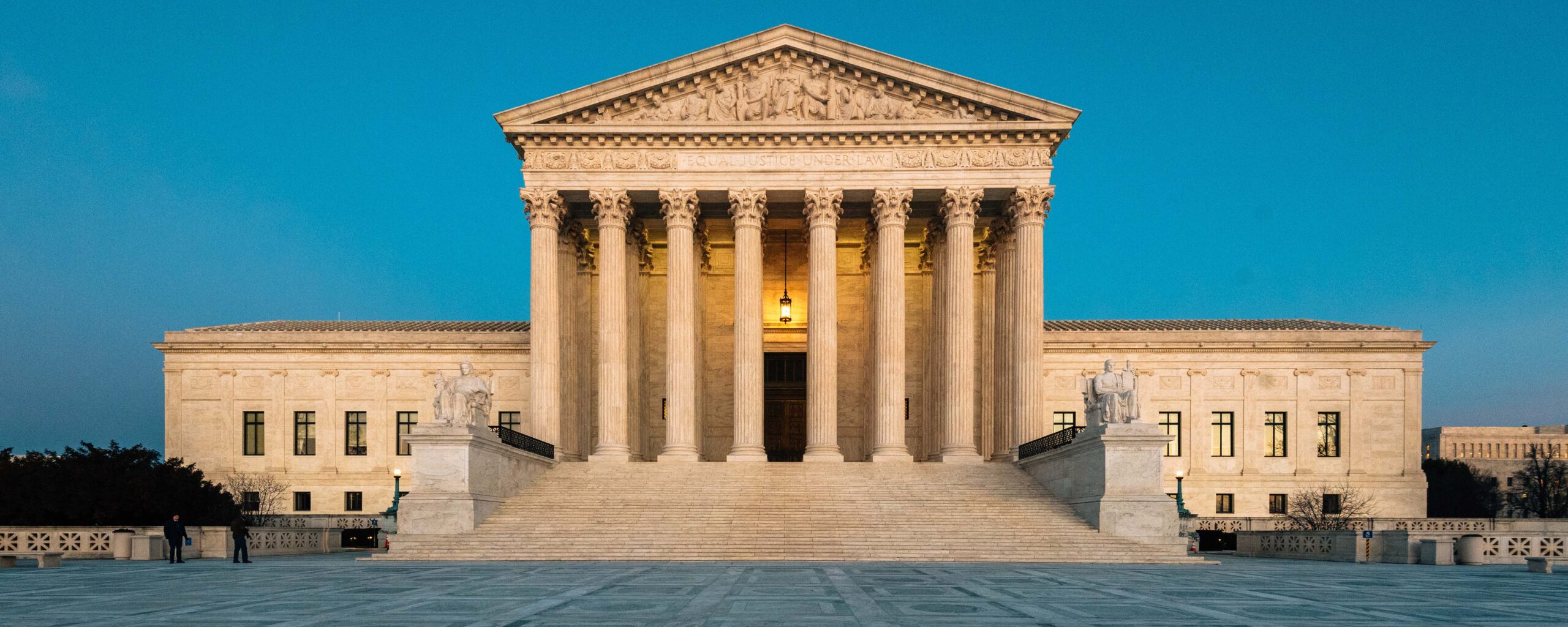
Voting Rights: Using the National Voters Rolls to Measure Whether State Laws Increase Voter Turnout
Caroline Tolbert was named one of two Distinguished University Professors by the University of Iowa Provost in 2020. Her research and teaching weave together a concern with opportunity and inequality, elections and representation, technology policy and participation (economic and political), and subnational politics and policy. She has contributed to many subfields including digital politics; campaigns, voting and elections; election reform; public opinion; state ballot propositions and race & politics. She is coauthor of Accessible Elections: How the States Can Help Americans Vote (Oxford, 2020), on absentee/mail voting, early voting, and same-day registration, and Why Iowa? (Chicago, 2011) on the presidential nomination process. She co-edited a Brookings Institution volume, Democracy in the States: Experiments in Election Reform (2008). She has also written extensively on direct democracy, including Educated by Initiative: The Effects of Direct Democracy on Citizens and Political Organizations in the American States (2004). With Karen Mossberger and colleagues she has authored four books on the internet and society. Her research has been funded by the National Science Foundation, Democracy Fund, MacArthur Foundation, HUD, Smith Richardson Foundation and others.
Abstract: The 2020 presidential election brought both the hope and promise of historic voter turnout breaking a 120-year record (the 2018 midterm election also shattered a century record). In this election, the political parties mobilized voters with total campaign spending reaching an unprecedented nearly $14 billion. This massive mobilization effort resulted in voter turnout 6 to 7 percentage points higher than in 2016 and the highest turnout level seen in the U.S. since 1900. Aiding this historic turnout was widespread use of alternative voting laws across the states. Due to the coronavirus pandemic that increased efforts to avoid election day crowds, the mailbox became the ballot box in the 2020 presidential elections. This milestone election saw nearly two-thirds of all votes cast early, roughly one- third of which were in-person and two-thirds by mail. Suddenly a topic as mundane as voting through the U.S. Postal Service was thrown into the national spotlight, as multiple lawsuits were filed related to vote counting and challenging the election results. But the reality is 2020 was less of an anomaly than a continuation of the “silent revolution” in election reform that began decades earlier, when many states began to modernize and update their registration and voting laws, as well as the procedures for conducting elections. This talk focuses on Accessible Elections: How State Governments Can Help Americans Vote (Oxford, 2020), exploring whether state laws— absentee/mail voting, in-person early voting, same-day registration—and quality election administration, can increase voter turnout and turnout for disadvantaged groups.

